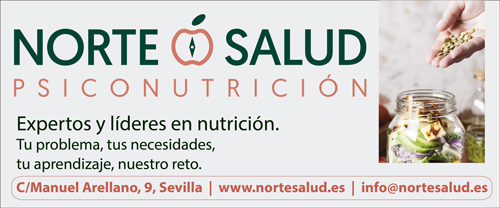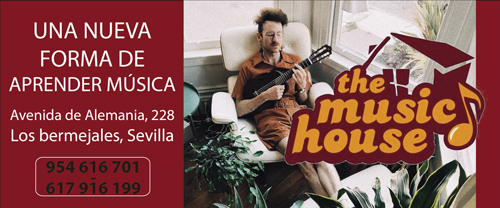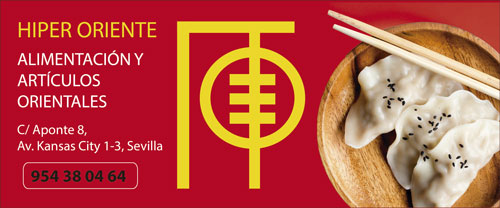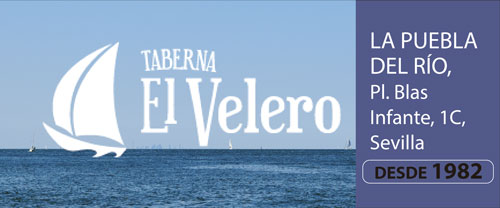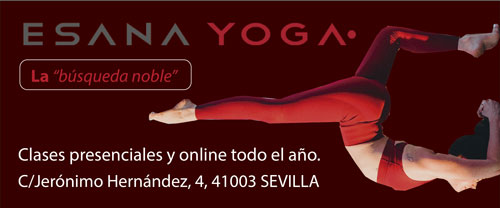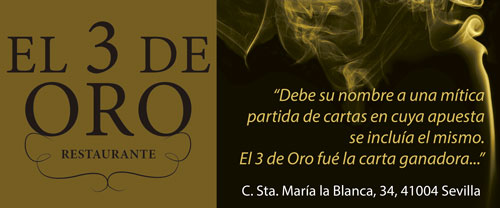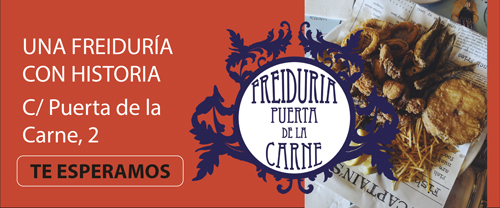SEVILLA Avda. María Luisa, s/n
TEMPORADA 2016 - 2017 EN EL LOPE DE VEGA
De LOPE DE VEGA, interpretada por la COMPAÑÍA NACIONAL DE TEATRO CLÁSICO.
El perro del hortelano de Lope de Vega es una comedia palaciega, escrita entre 1613 y 1618, en un momento de plena madurez creativa, que coincide con la publicación de Fuenteovejuna, La dama boba y El acero de Madrid. Lope presenta un ingenioso juego de amor que al titularlo con un refrán popular (el perro del hortelano ni come las berzas ni las deja comer), avisa ya de entrada del sentido humorístico de la obra. La condesa Diana, que es el “perro” al que alude el título, no se permite a sí misma enamorarse de su secretario Teodoro, ni permite que ame a Marcela, una de sus damas de compañía. Los personajes pertenecen a la alta nobleza y están rodeados de sus vasallos (secretario, damas de compañía, criados, mayordomo...). La trama contiene dos estructuras básicas: él triángulo amoroso (Diana-Teodoro-Marcela) complementado con la presencia de rivales (Fabio, Ricardo, Federico) y la pareja habitual de galán-gracioso (Teodoro-Tristán) que van entrelazando celos, estrategias, ofensivas y contraofensivas amorosas, hasta que la pasión acaba por desbordarse en el último acto.
The garden dog of Lope de Vega is a courtier comedy, written between 1613 and 1618, in a moment of full creative maturity, which coincides with the publication of Fuenteovejuna, La dama boba and El acero de Madrid. Lope presents an ingenius game of love that upon titling it with a popular refrain (the garden dog neither eats cabbage nor stops eating), warns the audience of that from the begining, with the humorous feel of the work. The countess Diana, who is the "dog" which the title alludes to, doesn´t permit herself to fall in love with her secretary Theodore, nor does she allow him to fall in love with Marcela, one of the ladies-in-waiting. The characters belong to the high nobility and are surrounded by their vassals (secretary, ladies-in-waiting, servants, butler...). The plot contains two basic structures: the love triangle (Diana-Theodore-Marcela), supplemented with the presence of rivals (Fabio, Ricardo, Federico) and the habitual couple of casanova-funny (Theodore-Tristan) that goes intertwining jealousy, strategies, offensive and counteroffensive loves, until the passion runs out in the final act.
¡Comenta ahora y gana dos entradas de cine!
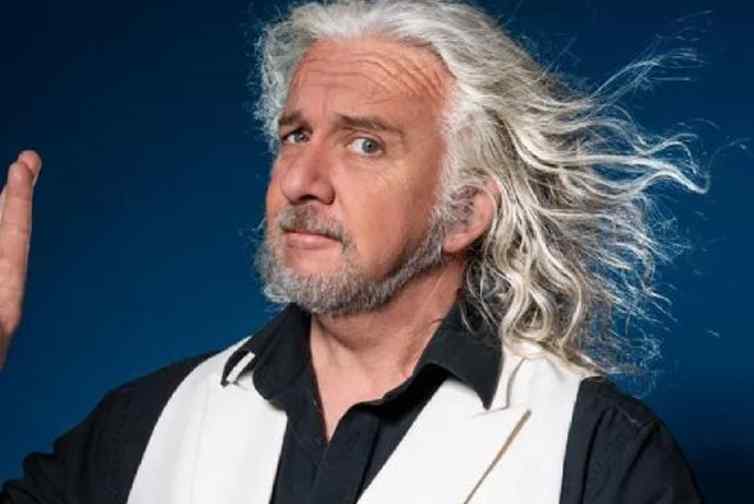
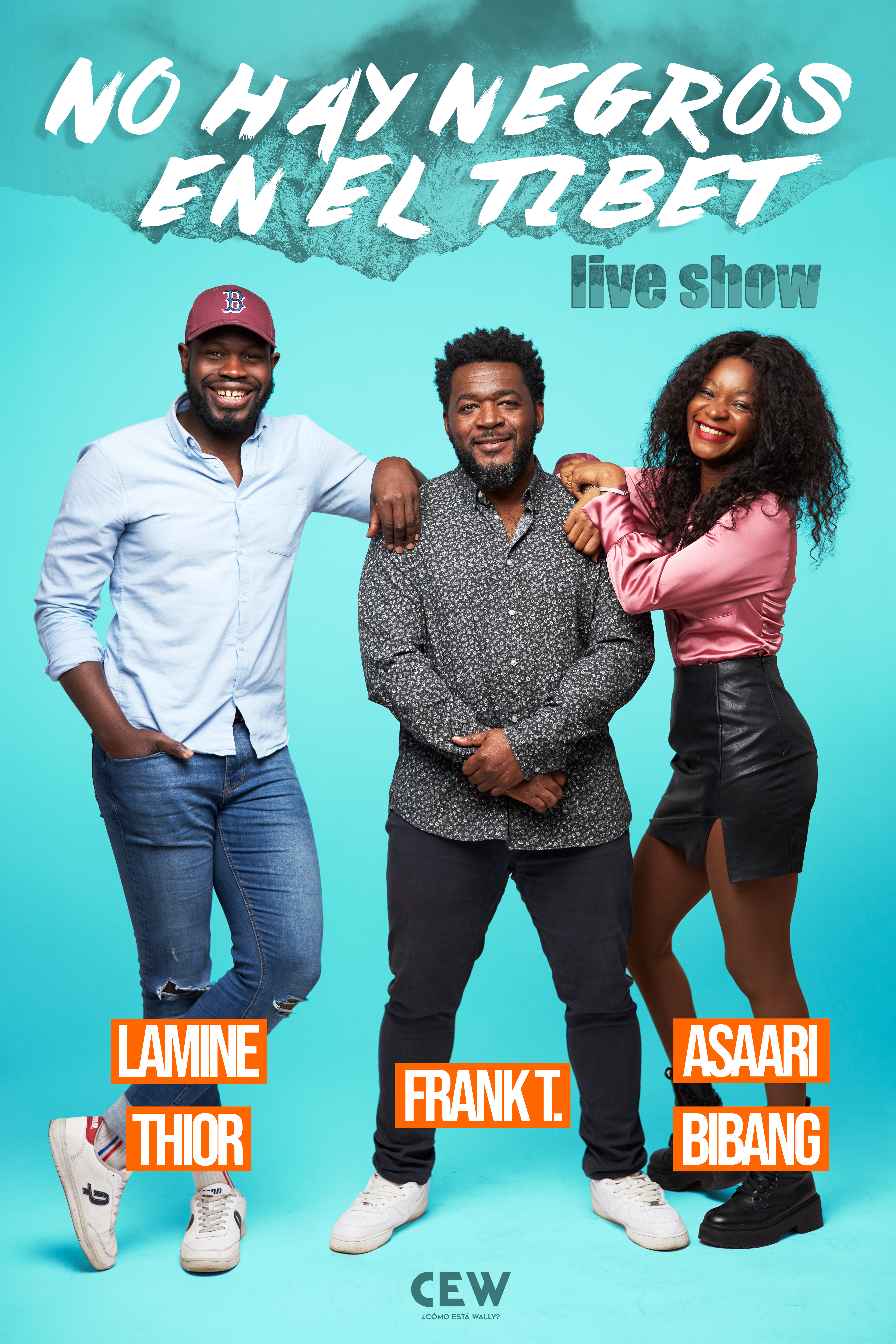
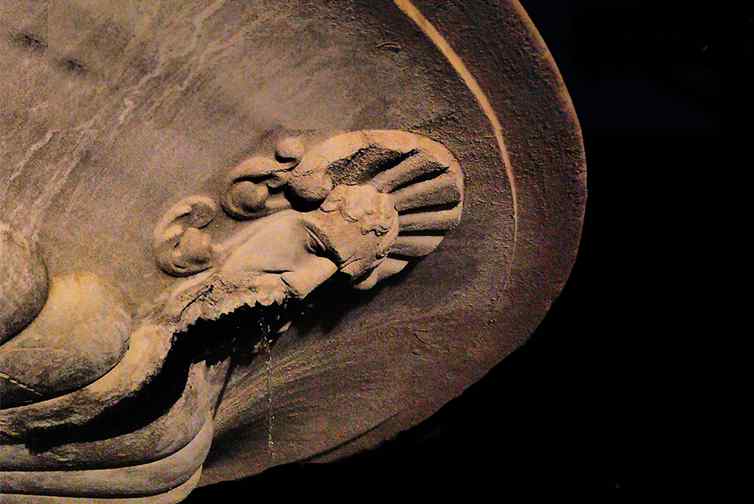






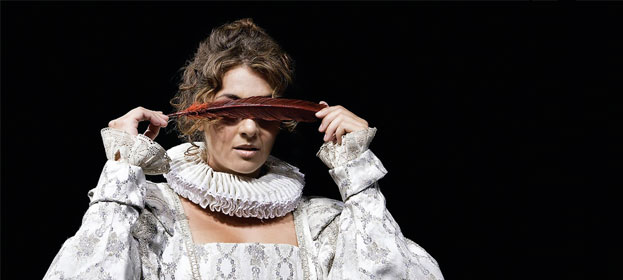
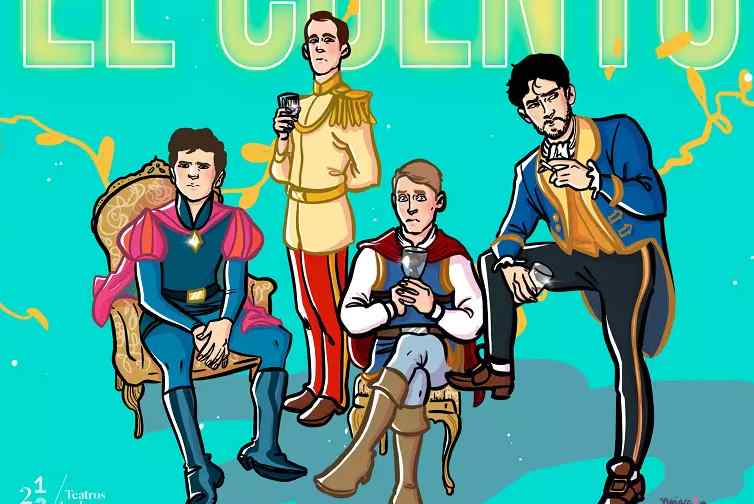
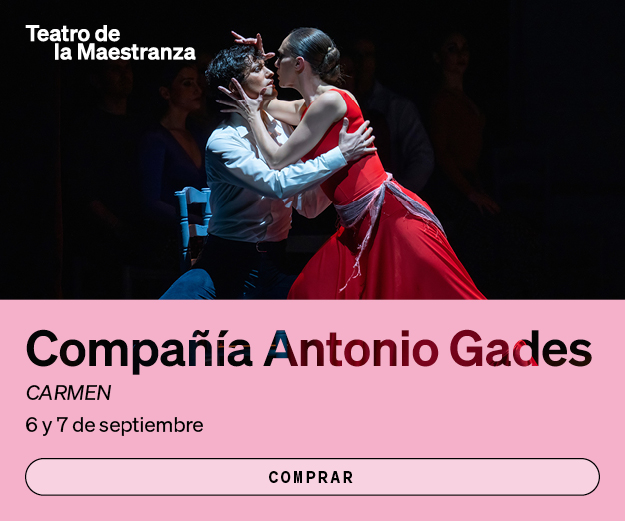

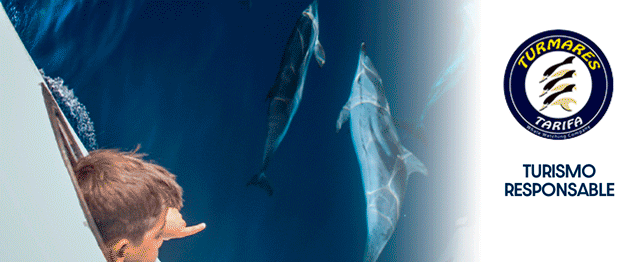
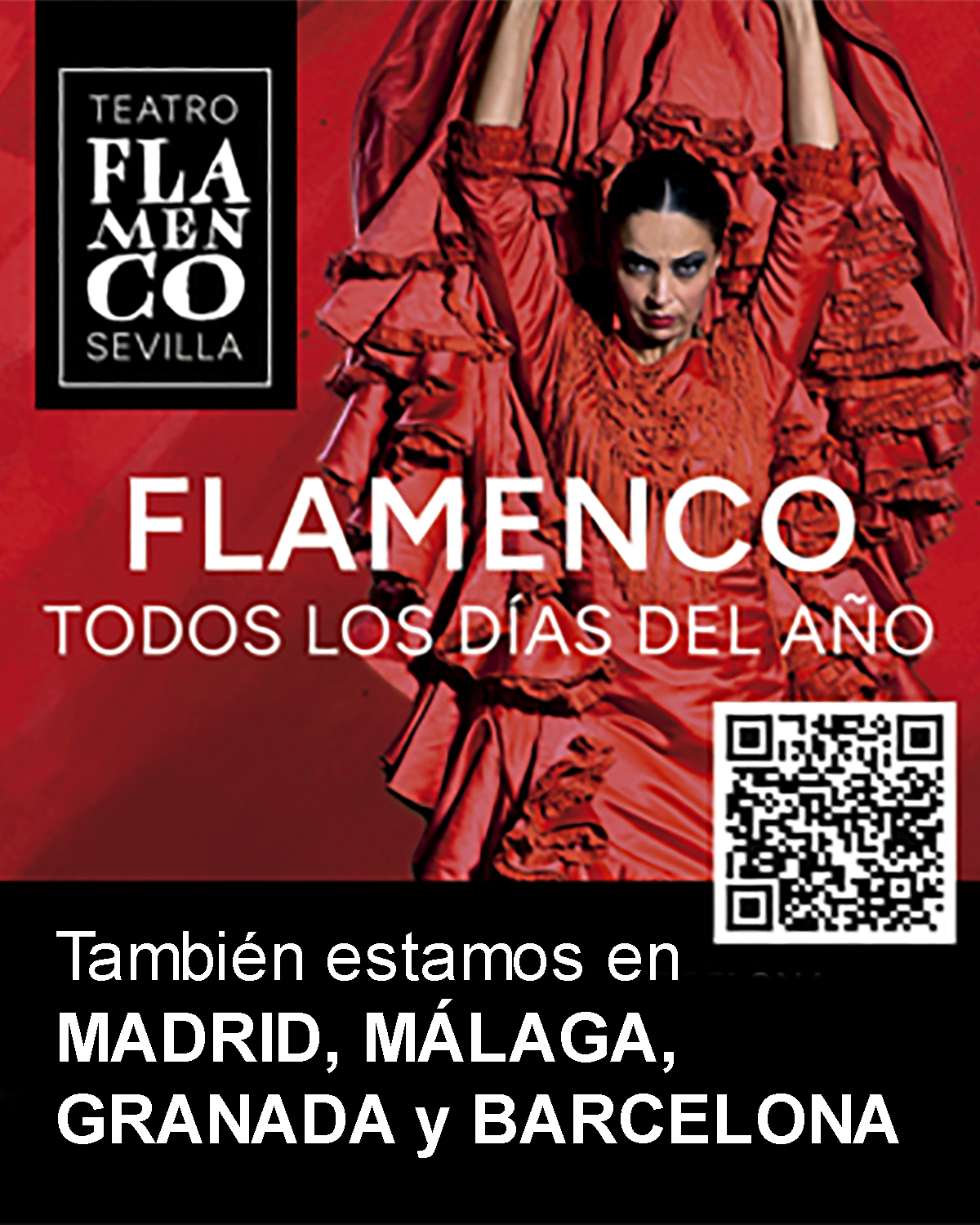
 (1).jpg)

